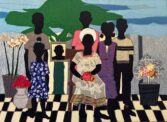
Kirubel develops an artistic approach where texture becomes active memory, a vivid trace of what shapes and surrounds us

Kirubel develops an artistic approach where texture becomes active memory, a vivid trace of what shapes and surrounds us
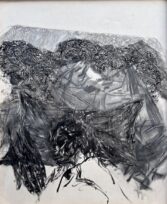
Tiemar’s work redefines printmaking, challenging its conventional boundaries while infusing it with new layers of meaning that resonate deeply with both the personal and collective experience.
Dagim Abebe on the work of the Ethiopian artist Tiemar Tegene
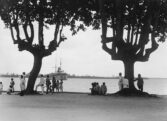
These images—mostly made on commission and for the souvenir market—helped shape the perception of Suriname as a prosperous colony but also bear traces of what was typically left out of the frame.
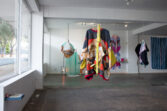
Gamedze, who creates garments under the brand For the Afterlife, confirms that this is a lifetime project, one that she believes will continue to evolve through the sharing of the garments and journaling, just as a book is passed down and shared.
Keke Nkadimeng on the work of Thulile Gamedze
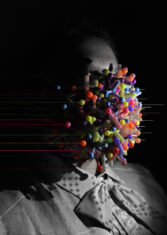
Artistic practices emerge as a place of agency, a place to intervene asymmetries, to reappropriate our own corporeality’s, to decolonize identity constructions and to discover emancipated and committed aesthetics.
Africanah.org gives you insight and keeps you posted.
Africanah.org is a non-profit foundation operating on public donations. Readers like you power our success. For donations go to donate.
Africanah.org: 2014-2024